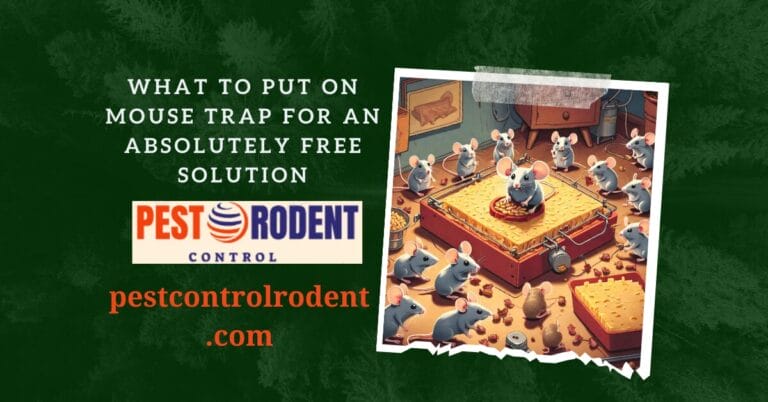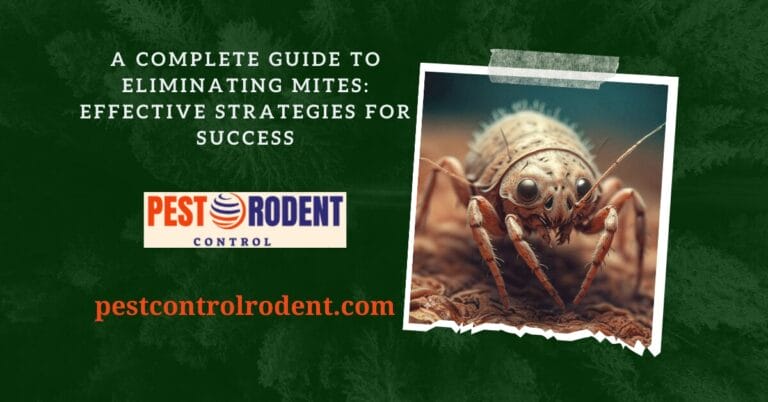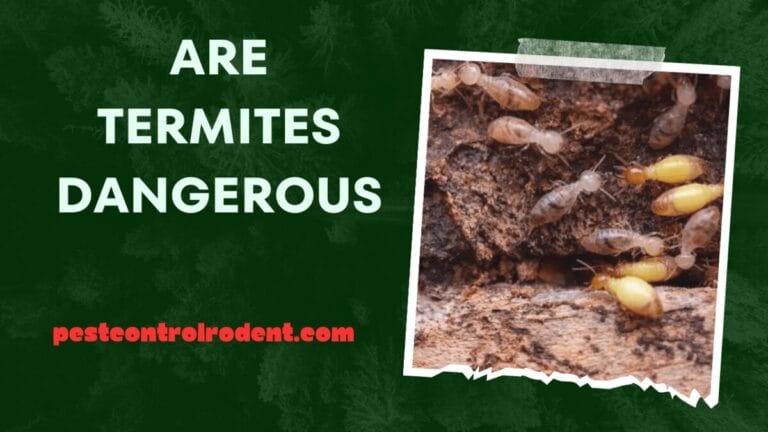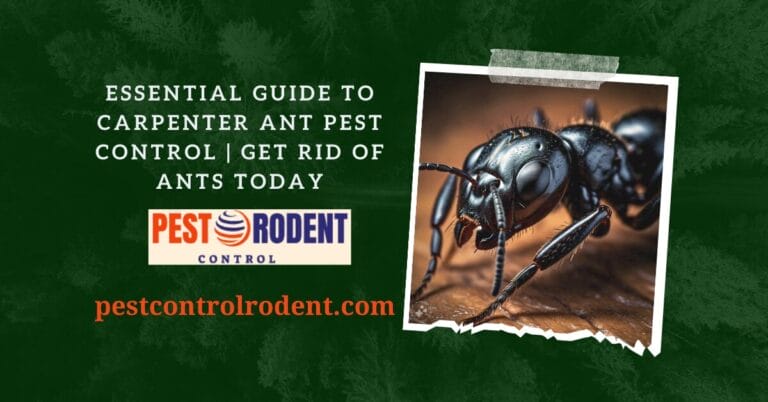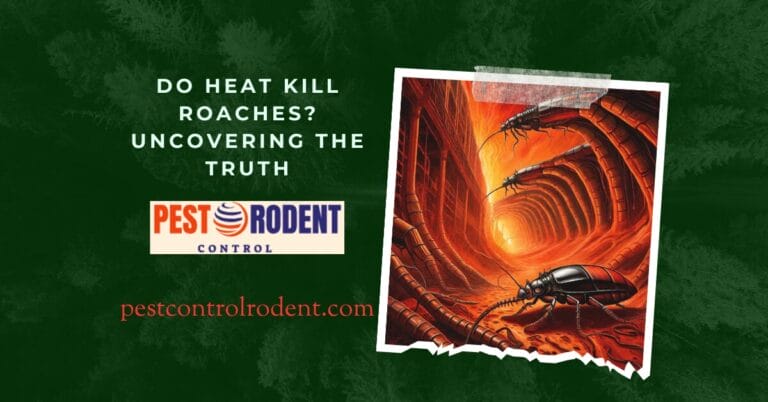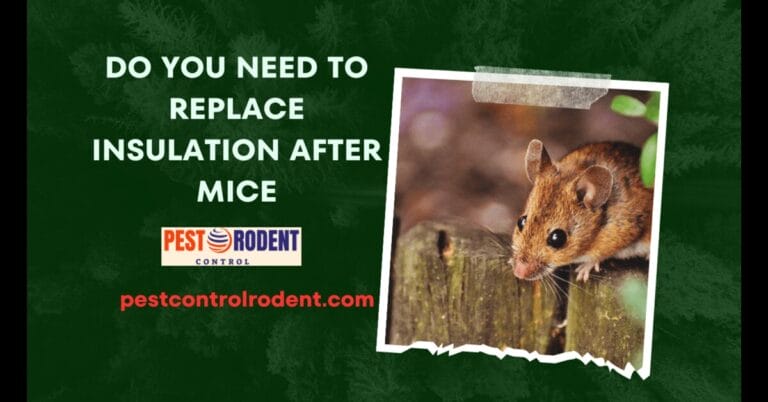Exploring the Fascinating World of Termite Larva: A Comprehensive Guide
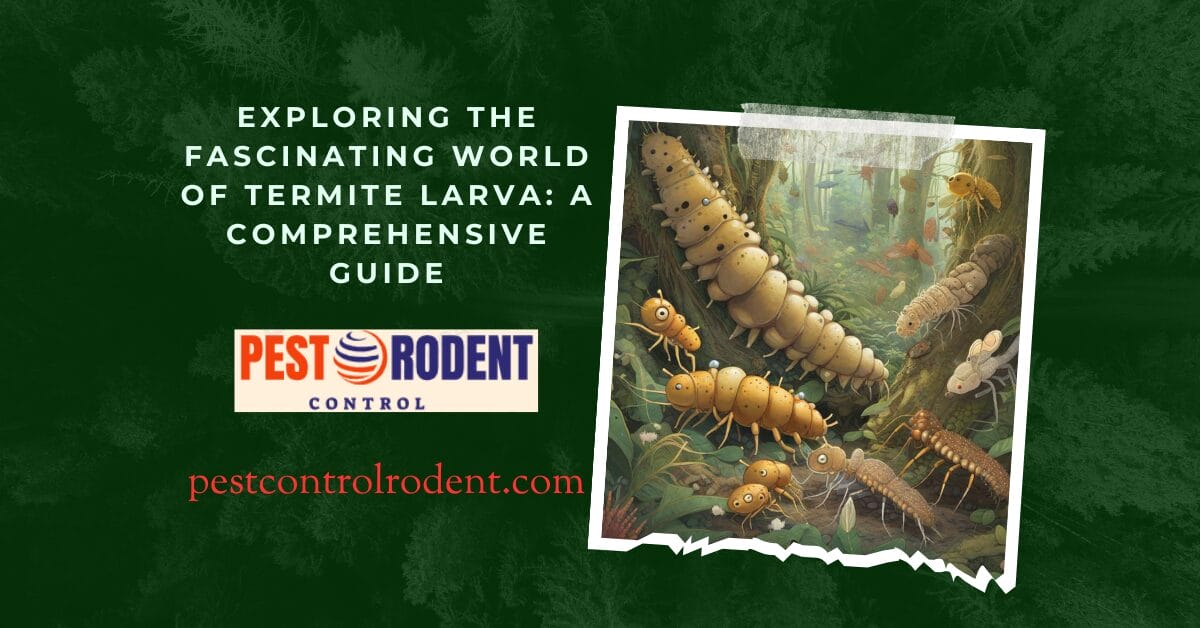
Exploring the Fascinating World of Termite Larva: A Comprehensive Guide
Introduction to Termite Larva
Termites, often known for their destructive capabilities, have a lesser-known but equally fascinating stage in their life cycle – the termite larva. These tiny creatures play a crucial role in the ecosystem, contributing to soil fertility, nutrient recycling, and overall ecosystem balance. Understanding the world of termite larva sheds light on the intricate web of connections that exist within the termite colony and beyond.
What are Termite Larva?
Termite larvae are the juvenile stage in the termite life cycle, hatching from eggs laid by the termite queen. They are soft, pale, and lack the defining features of adult termites. Despite their small size, they play a significant role in the colony’s functioning and survival.
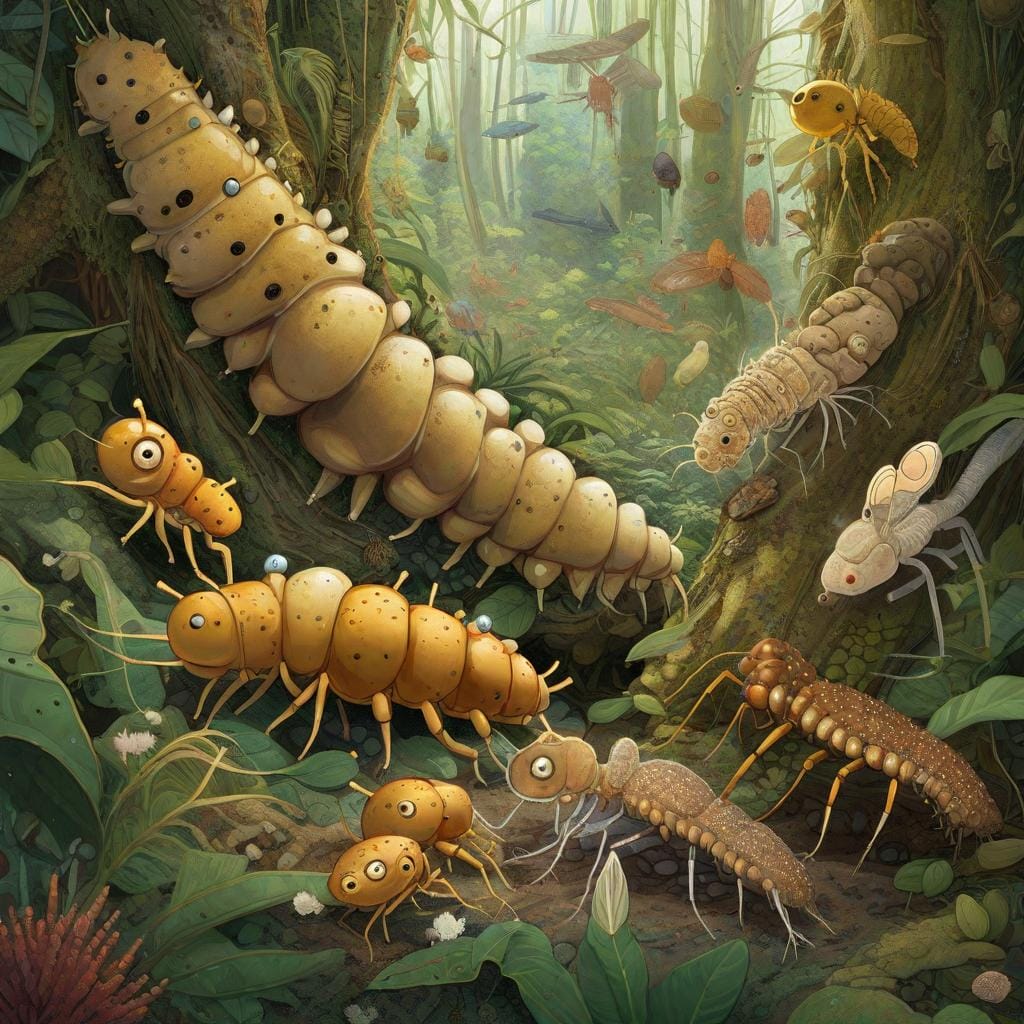
Life Cycle of Termite Larva
Termite larvae undergo a series of molts as they grow, gradually developing into worker, soldier, or reproductive termites. This process is essential for the colony’s growth and sustainability, as each type of termite serves a specific function within the colony.
Importance of Termite Larva in the Ecosystem
Termite larvae contribute to soil fertility by breaking down organic matter and recycling nutrients. Their role in decomposition and nutrient cycling is vital for maintaining a healthy ecosystem and supporting plant growth.
Identification and Characteristics of Termite Larva
Physical Appearance of Termite Larva
Termite larvae have a soft, segmented body with a pale coloration. They differ significantly in appearance from adult termites, lacking the characteristic mandibles and hardened exoskeleton.
Behavior and Role in the Termite Colony
Termite larvae are responsible for feeding and caring for the younger members of the colony. They play a crucial role in the growth and development of the colony, ensuring that all members are well-nourished and supported.
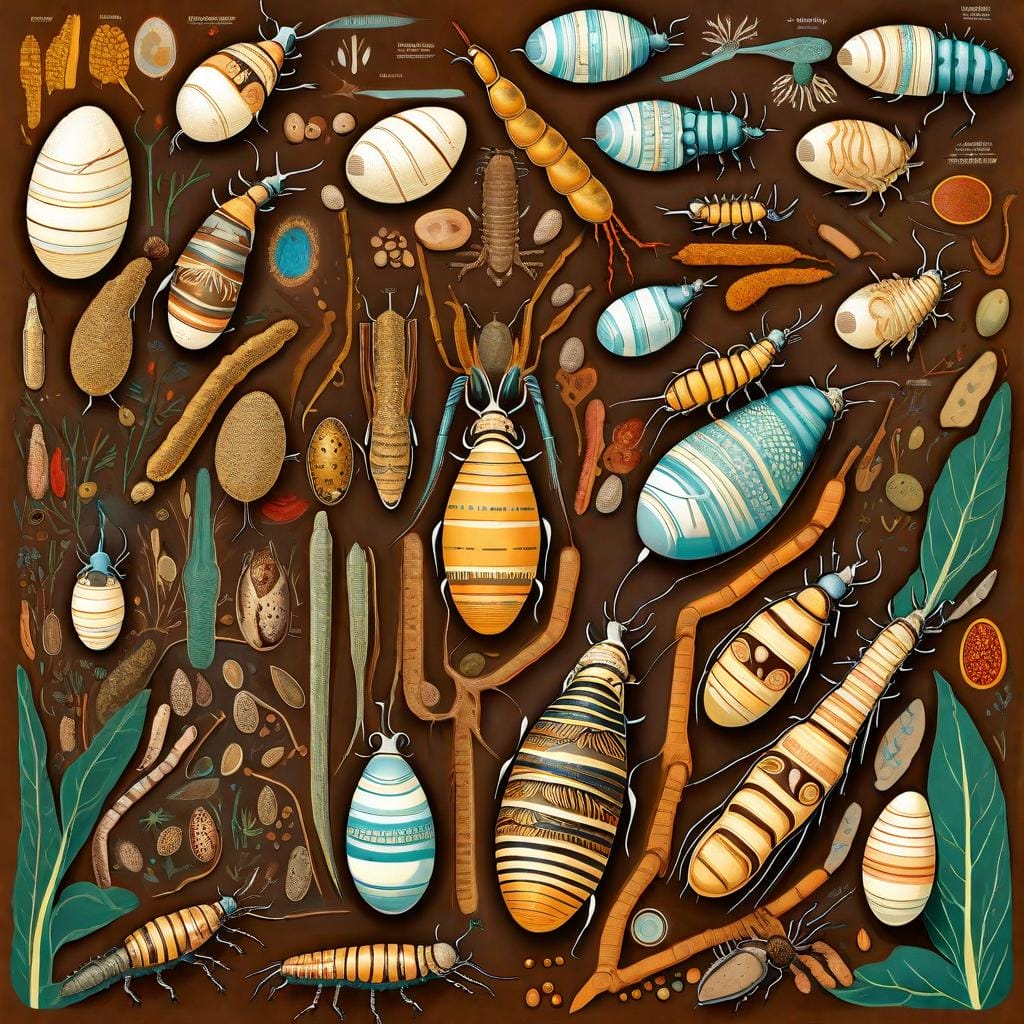
Key Differences Between Termite Larva and Adult Termites
Unlike adult termites, termite larvae do not have wings and are not capable of reproducing. Their primary function is to support the colony’s ongoing activities and contribute to its overall success.
Ecological Impact of Termite Larva
Contribution to Soil Fertility and Nutrient Recycling
Termite larvae break down organic matter, releasing nutrients into the soil and promoting plant growth. Their activities contribute to the health of the ecosystem and help sustain a variety of plant and animal species.
Influence on Plant Growth and Decomposition
By accelerating the decomposition process, termite larvae facilitate nutrient cycling and improve soil fertility. This, in turn, supports healthy plant growth and contributes to the overall productivity of the ecosystem.
Relationship with Other Organisms in the Ecosystem
Termite larvae interact with a wide range of organisms in the ecosystem, from microorganisms in the soil to larger animals that rely on termite activity for food and habitat. Their presence supports a diverse and interconnected web of life in the ecosystem.
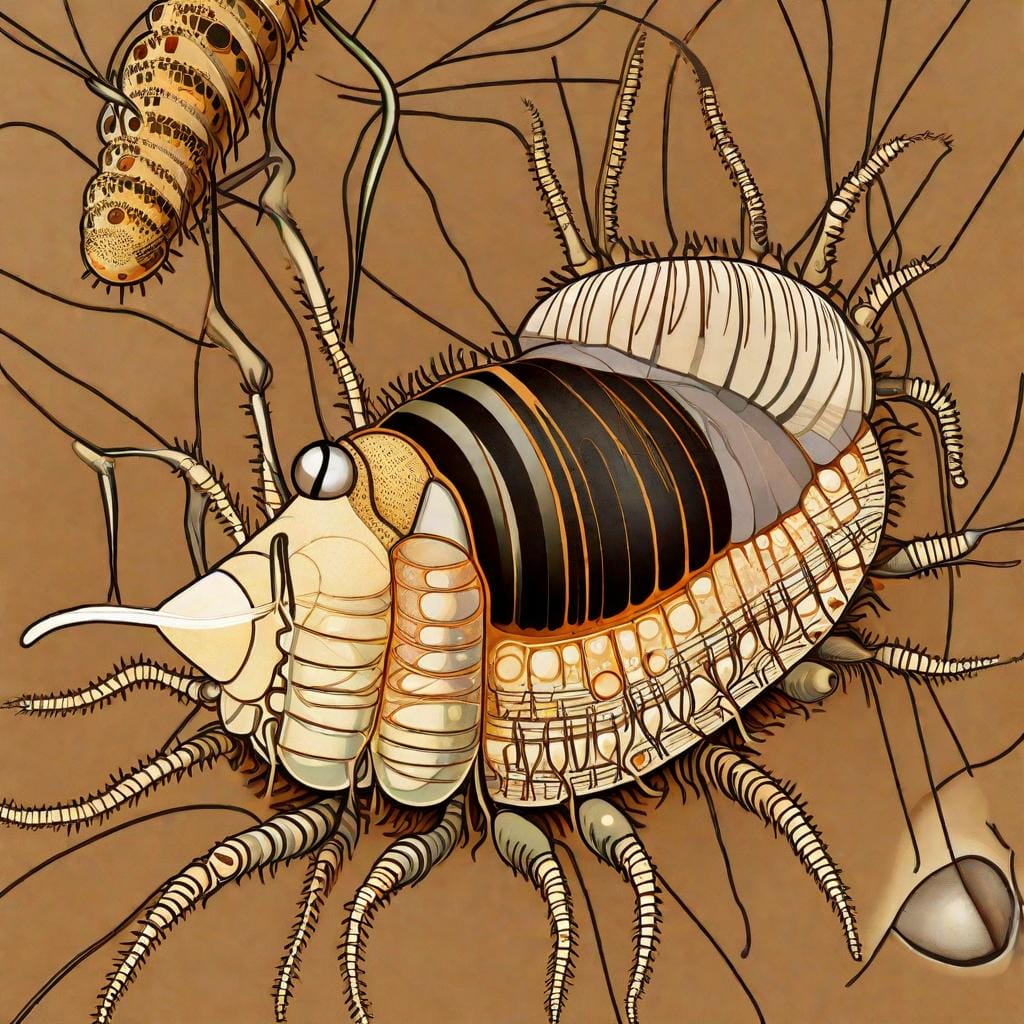
Research and Studies on Termite Larva
Scientific Experiments and Observations
Research on termite larvae has revealed insights into their behavior, physiology, and ecological impact. Scientists have conducted experiments to understand the role of termite larvae in nutrient cycling, decomposition, and soil health.
Innovative Applications in Agriculture and Biotechnology
The unique properties of termite larvae have inspired innovative applications in agriculture and biotechnology. From bioremediation to sustainable agriculture practices, researchers are exploring new ways to harness the potential of termite larvae for various purposes.
Future Perspectives and Areas for Further Exploration
As our understanding of termite larvae grows, new possibilities for research and exploration emerge. Future studies may focus on the impact of climate change on termite populations, the role of termite larvae in ecosystem resilience, and innovative solutions for pest management.
Conservation and Management of Termite Larva
Sustainable Practices to Preserve Termite Larva Populations
Conservation efforts are essential to protect termite larvae and ensure their continued presence in the ecosystem. Sustainable practices, such as maintaining natural habitats and reducing habitat destruction, can help preserve termite populations.
Integrated Pest Management Strategies for Termite Control
Balancing termite conservation with human interests requires effective pest management strategies. Integrated pest management approaches, combining biological, chemical, and cultural methods, offer a sustainable solution for termite control.
Balancing Conservation Efforts with Human Interests
Finding a balance between conserving termite larvae and addressing human concerns requires careful consideration of ecological, economic, and social factors. By fostering awareness and collaboration, we can work towards solutions that benefit both nature and society.
Conclusion
In conclusion, exploring the world of termite larva reveals a fascinating and intricate ecosystem within the realm of termites. Understanding their role and significance in the environment is crucial for maintaining ecological balance and promoting sustainable practices in pest management. By delving deeper into the world of termite larva, we can appreciate the interconnected web of life that exists in nature.
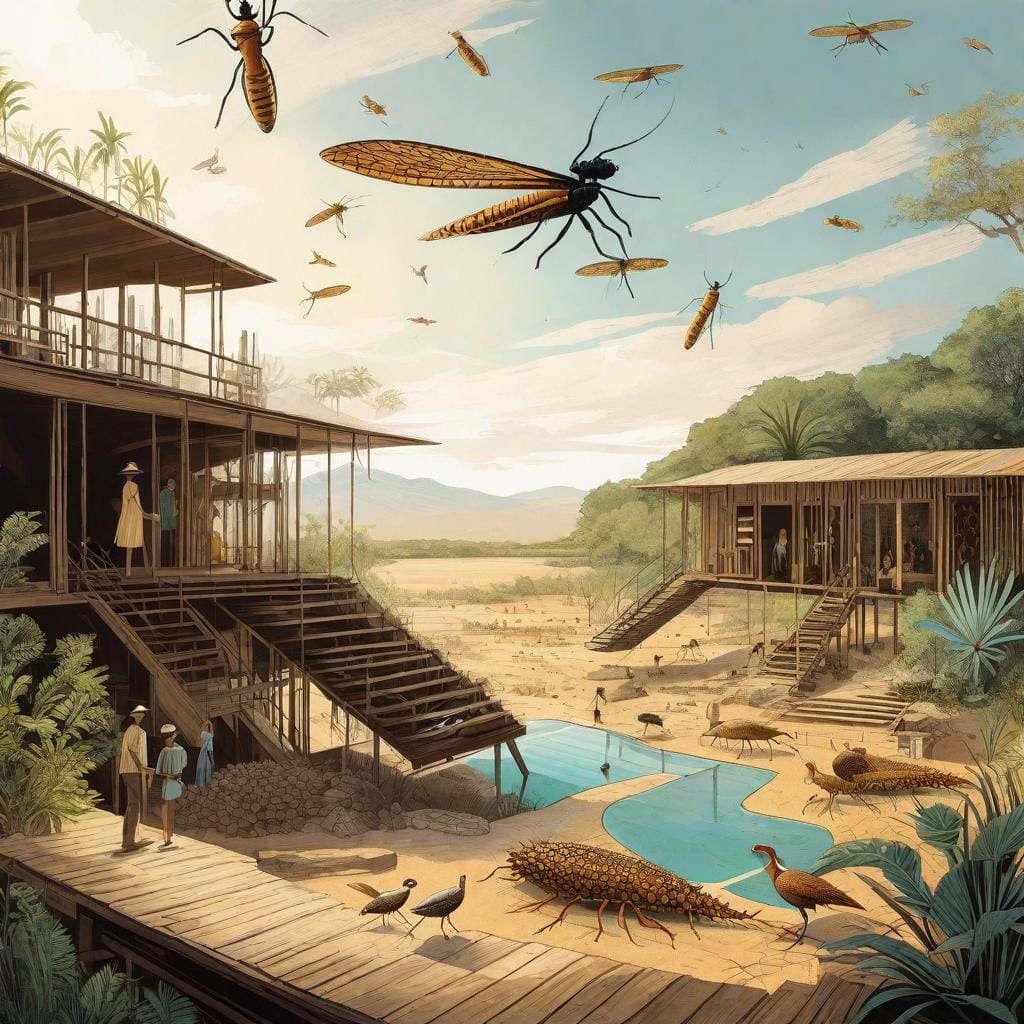
FAQs
- Are all termites larvae the same?
- No, there are different species of termites with unique characteristics and behaviors, including variations in their larval stages.
- Can termite larva cause damage to structures?
- While termite larva themselves do not directly cause structural damage, they play a key role in the termite colony’s ability to consume wood and other materials.
- How can I differentiate between termite larva and other insect larvae?
- Termite larva typically have a distinct appearance, with a pale, soft body and a segmented structure. Consulting with a pest control professional can help accurately identify termite larvae.

